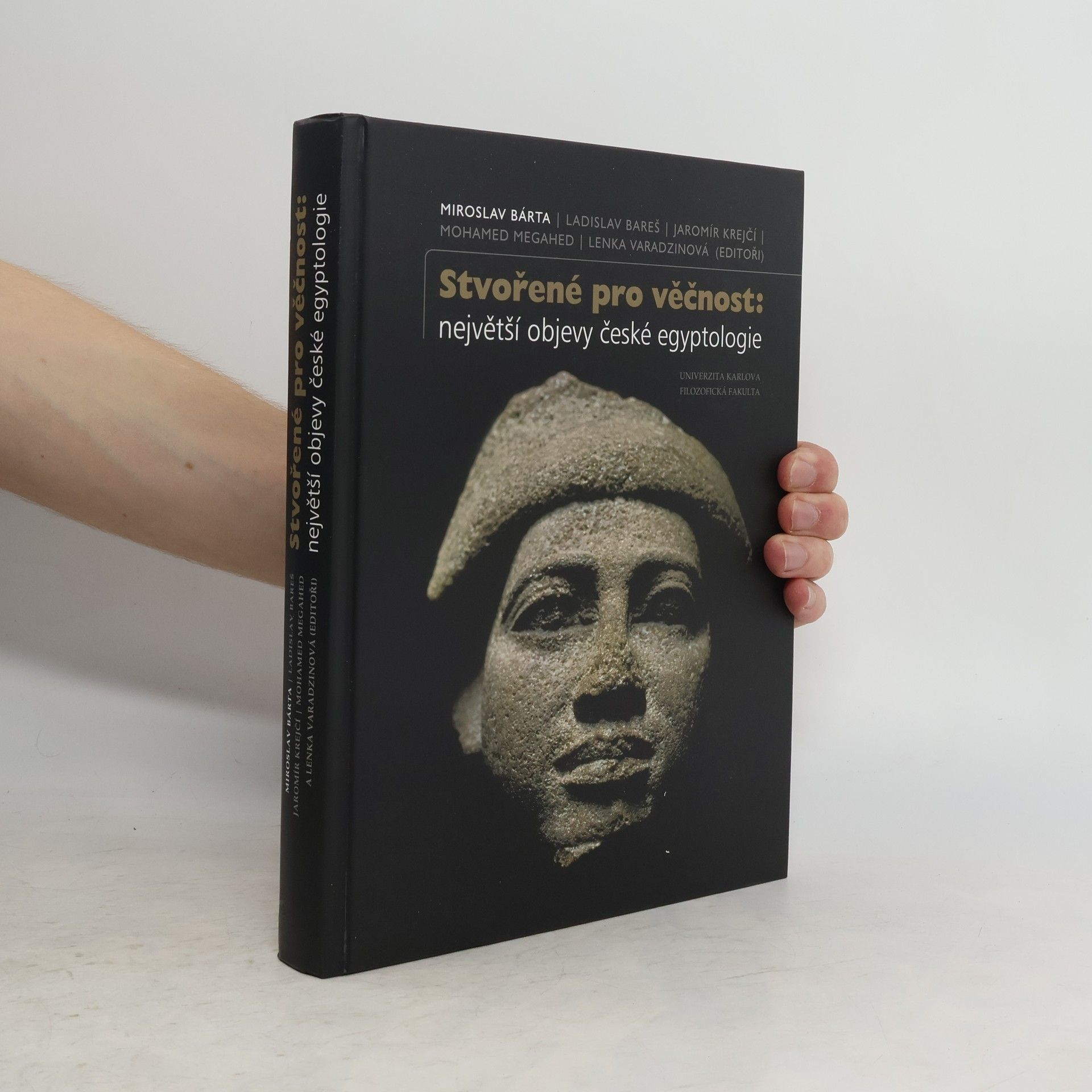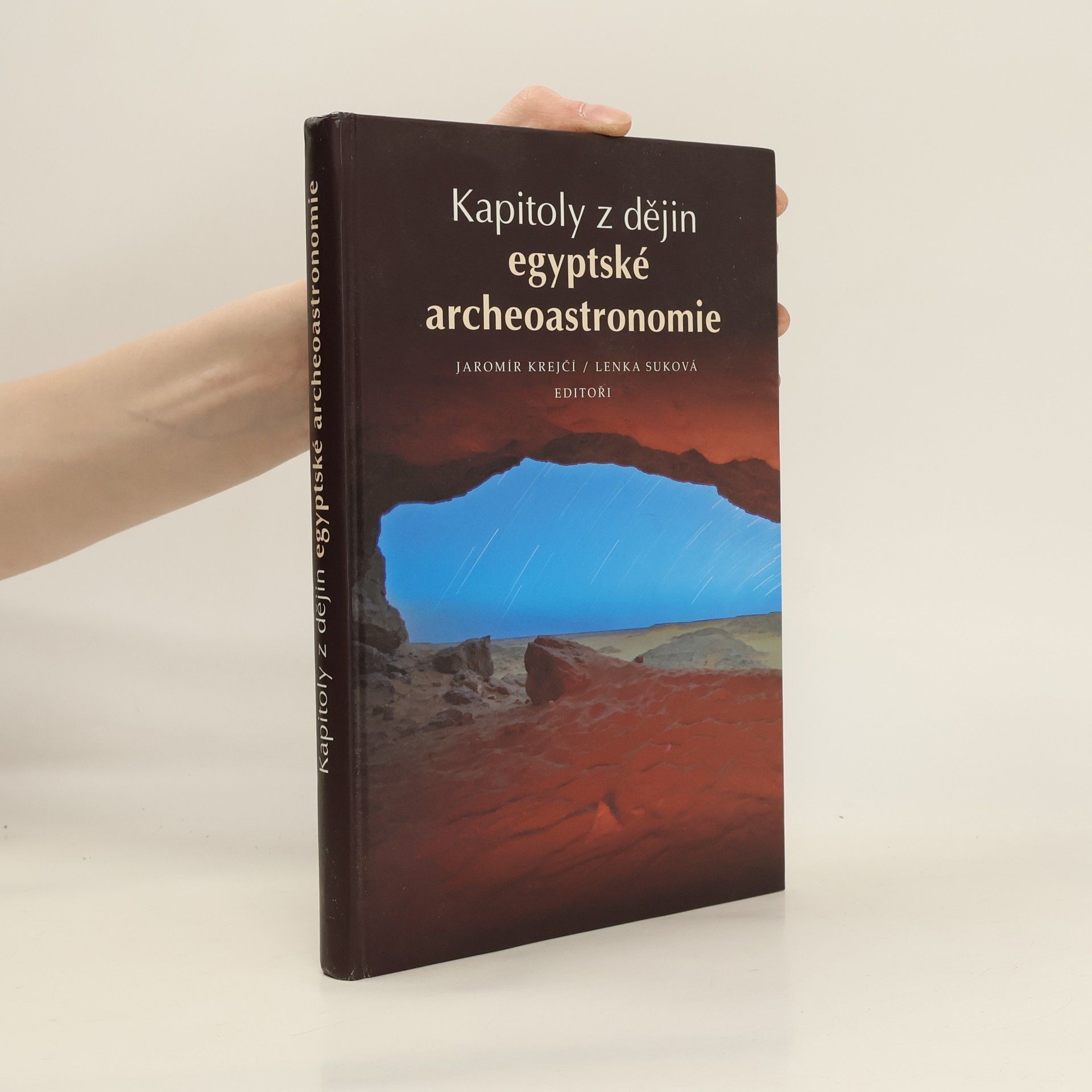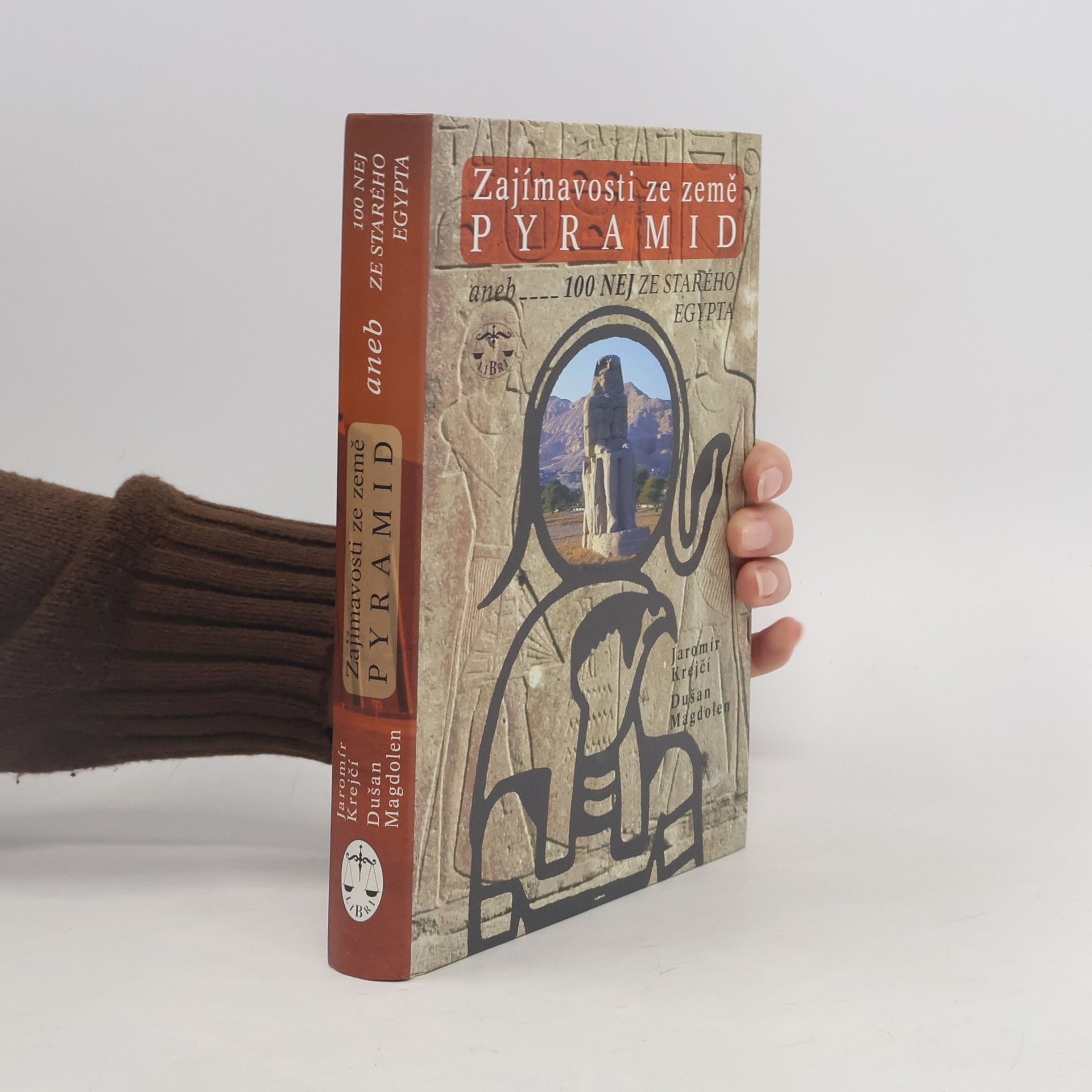This second part of the monograph on the results of the archaeological research of Werkaureś mastaba (AC 26) and its surroundings in central Abusir focuses on the context dating back to the First Intermediate Period the Middle Kingdom, the New Kingdom, and the first millennium BC. The focus of the work is on analyses concerning the secondary burial that developed in the area of tomb AC 26 and adjacent tombs of AC 32 during the Third Intermediate Period and the Late Period. A large number of finds and ecofacts were discovered and are comprehensively discussed in this multidisciplinary publication of eight chapters. Along with archaeological and anthropological analyses, analyses of collected samples, using palynological, botanical, zoological, xylotomic, and entomological methods are an important part of the monograph. The publication presents conclusions concerning the development of the Abusir necropolis after the end of the Old Kingdom Period.
Jaromír Krejčí Book order
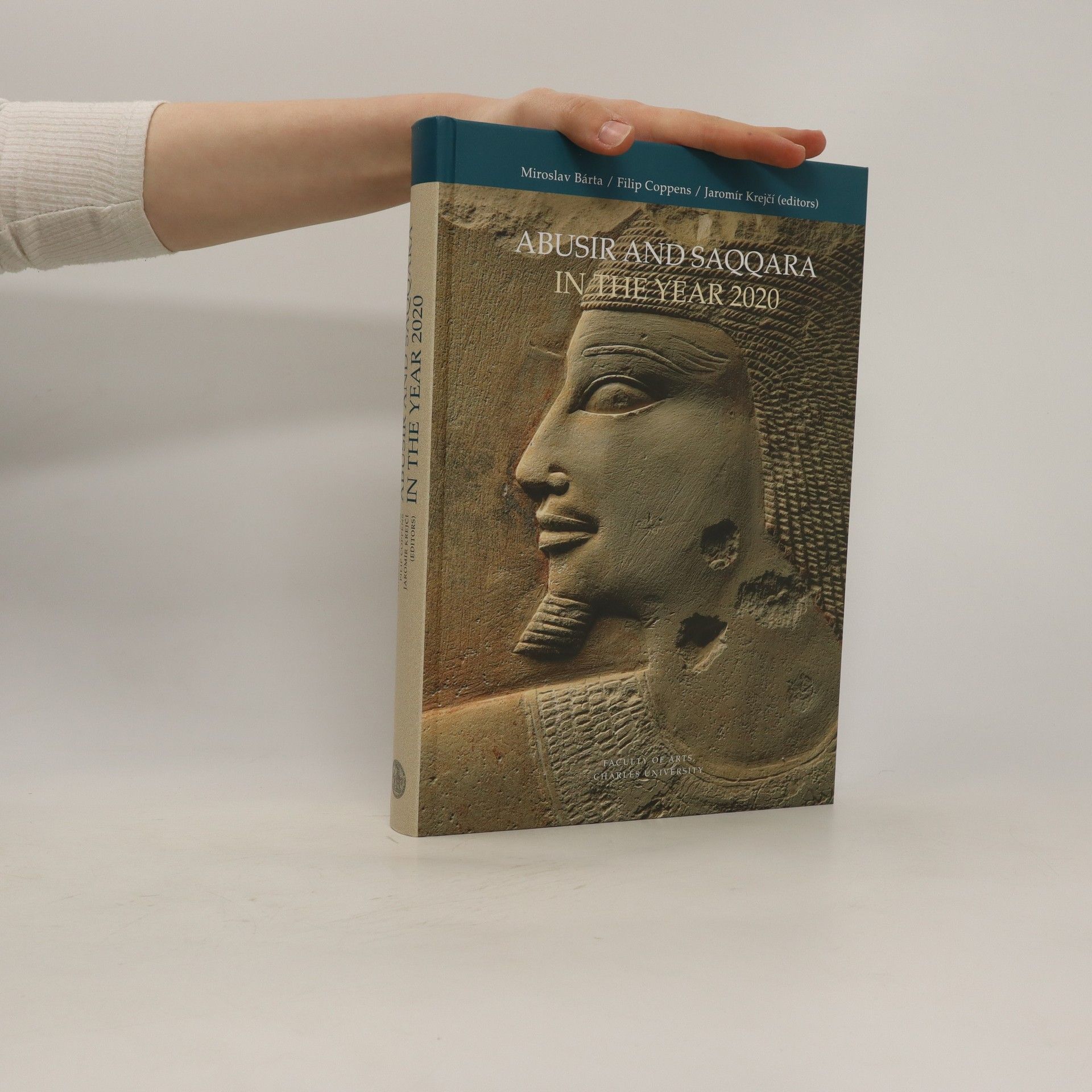
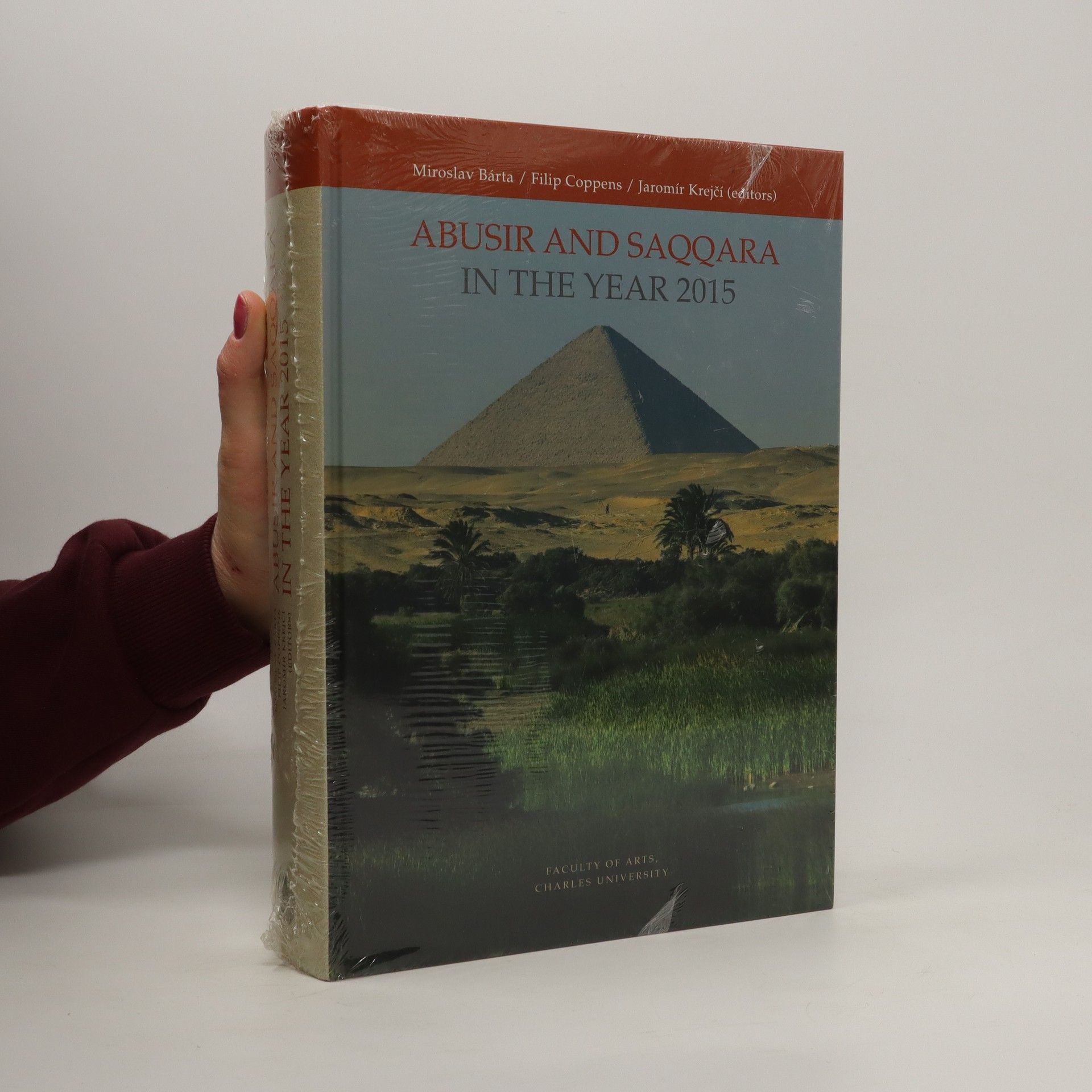
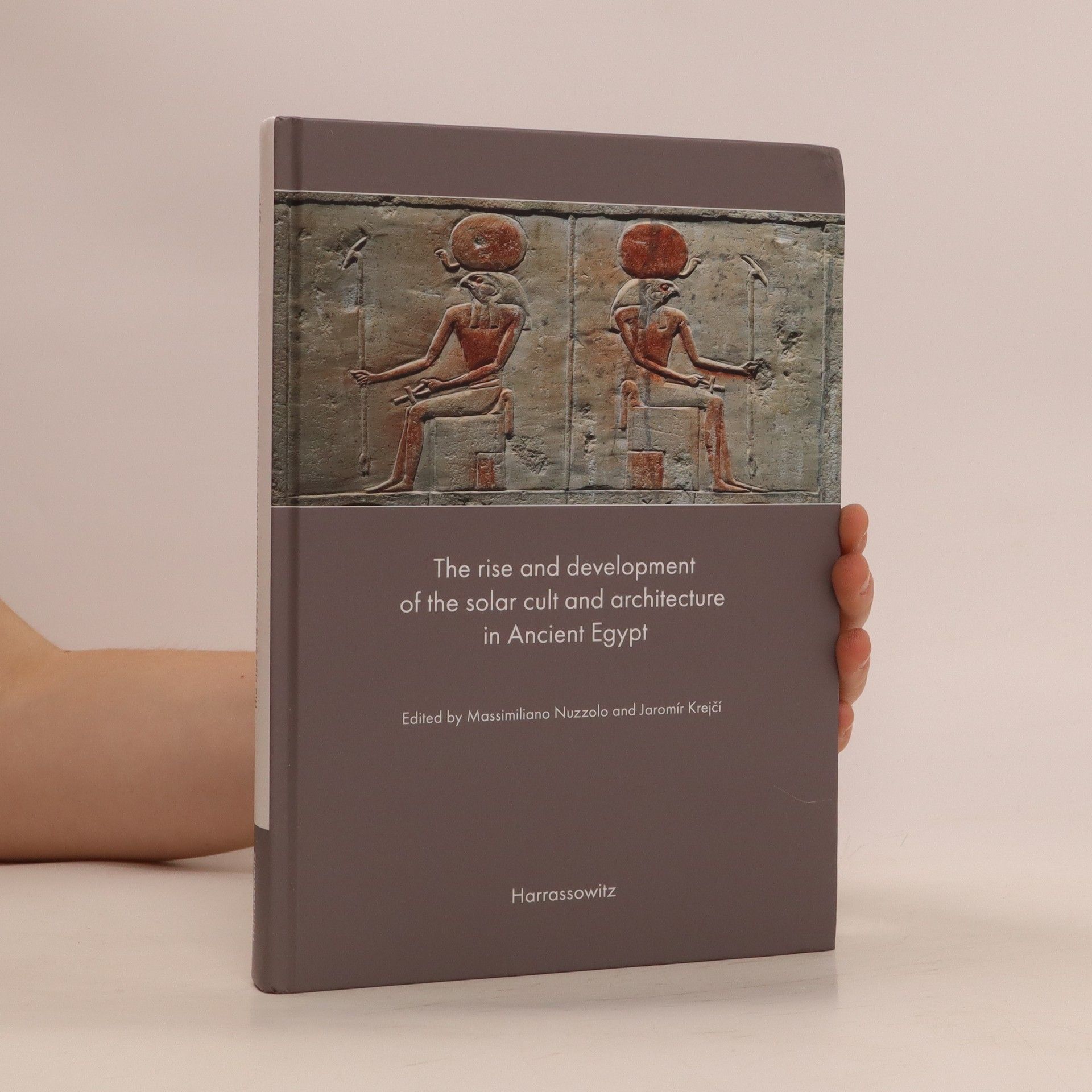

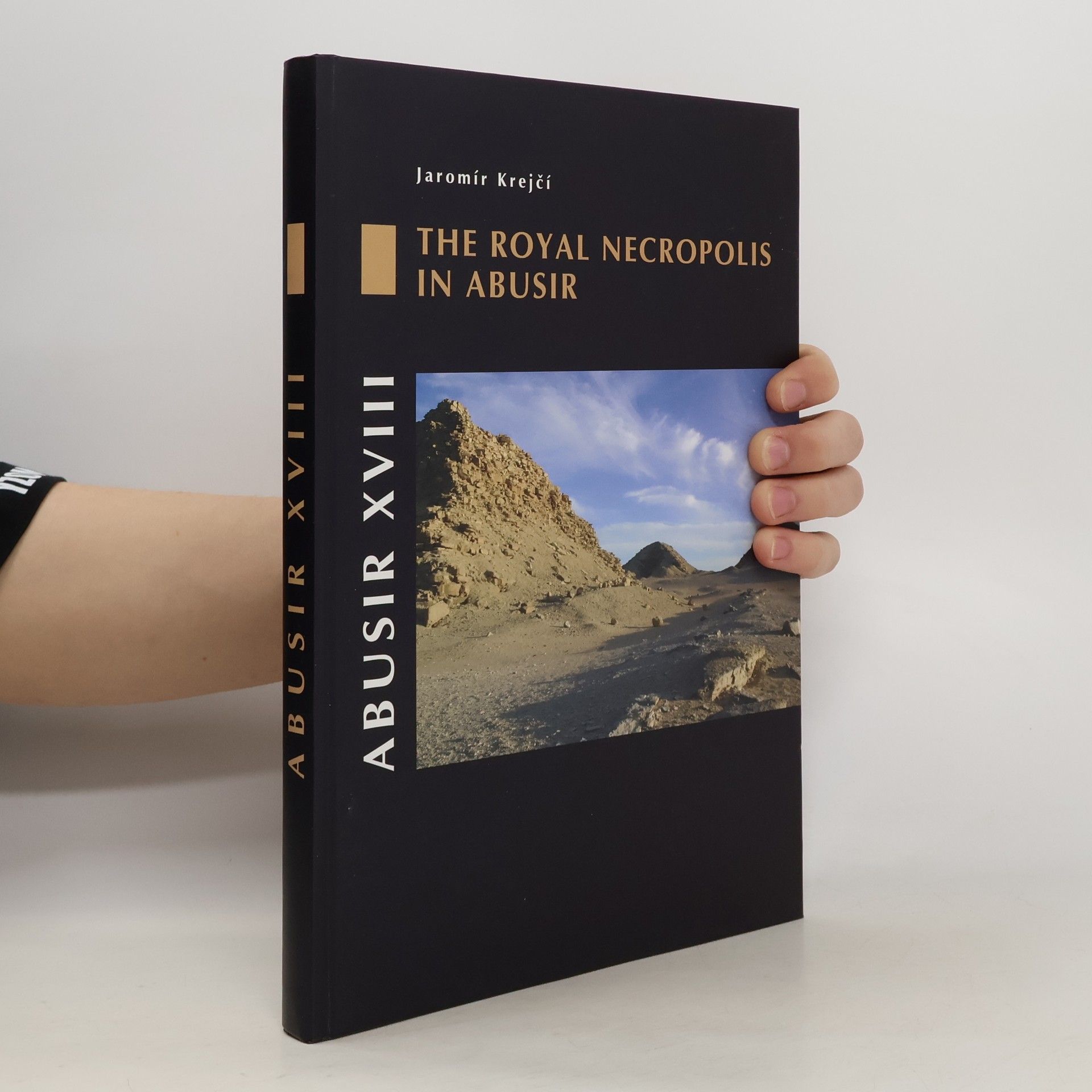
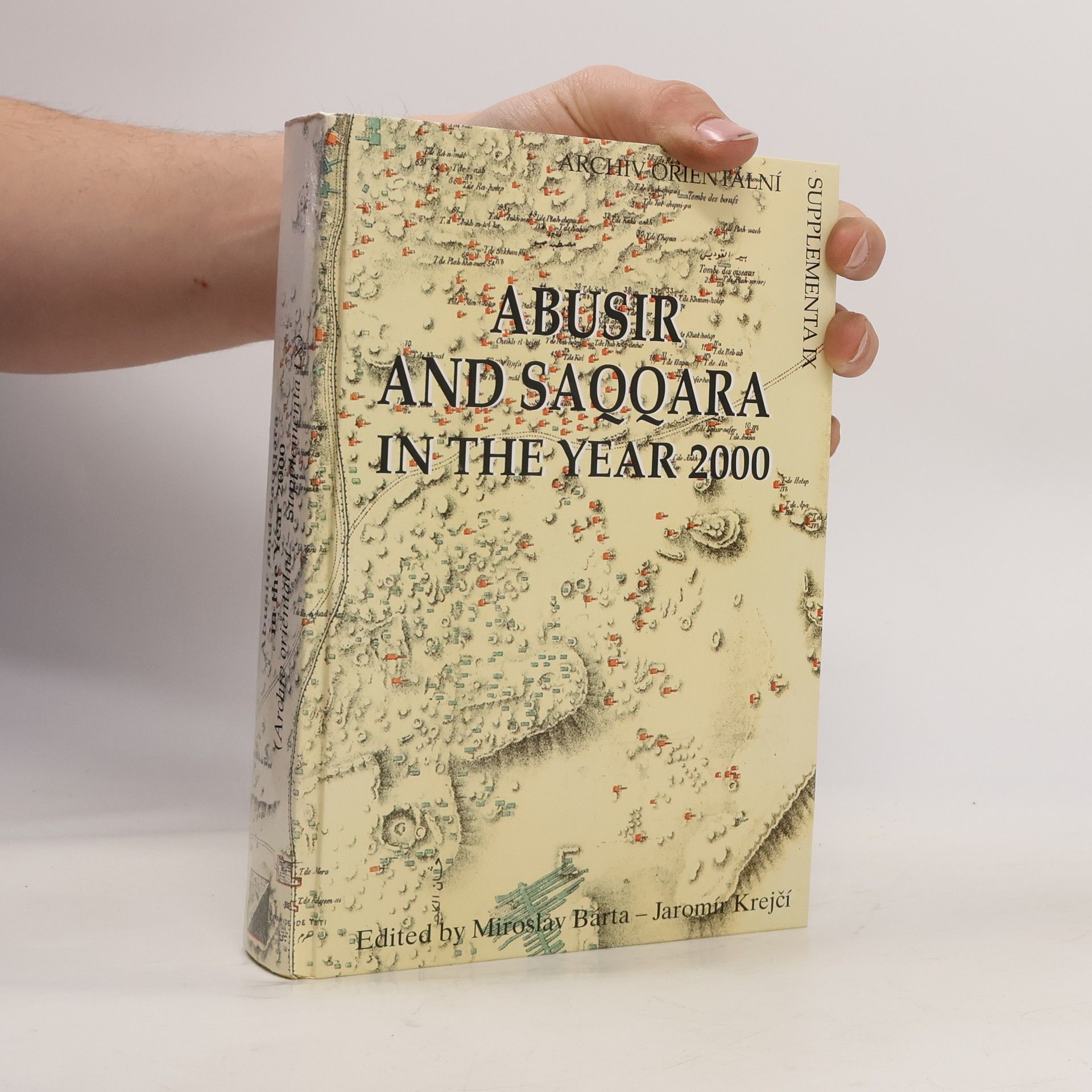
- 2022
- 2021
The rise and development of the solar cult and architecture in Ancient Egypt
- 251 pages
- 9 hours of reading
This volume joins together the proceedings of the three workshops held in Prague on December 15, 2017, December 10, 2018 and June 25–26, 2019, within the framework of the research project ( The rise and development of the solar cult and architecture in Third Millennium BC Egypt) launched in 2017 at the Czech Institute of Egyptology – Charles University, Prague, under the auspices of the Czech Science Foundation – Grant Agency of the Czech Republic. The key aim of the project was to contribute to the study of the dynamics of development and featuring of the sun cult in ancient Egypt, as well as of the evolution of some related topics, such as royal ideology and funerary texts. The contributions span all periods of ancient Egyptian history and bring together scholars dealing with diverse geographic areas, from the capital site of Memphis, with its huge necropolis, to the southernmost and liminal area of Elephantine. Previously unpublished data are also presented in the volume, including new research on the Palermo Stone and the royal annals; results of latest archaeological campaigns in Abusir, Dahshur and Heliopolis; and new analyses of the Pyramid Texts and their reappropriation and renegotiation in later phases of Egyptian history.
- 2019
Stvořené pro věčnost : největší objevy české egyptologie
- 388 pages
- 14 hours of reading
Nová a bohatě ilustrovaná publikace „Stvořené pro věčnost: největší objevy české egyptologie“ obsahuje výběr 140 nejdůležitějších a nejzajímavějších nálezů za šedesát let působení Českého egyptologického ústavu FF UK v Egyptě a Súdánu. Jak píše prof. Miroslav Bárta v úvodu knihy: „V tomto případě není naším cílem čistě vědecké dílo, mnohem spíše se snažíme zájemcům o starověký Egypt a Súdán ukázat cestu k jejich poznání, a to prostřednictvím českých objevů v severovýchodní Africe.“ Ústav si knihou připomíná nejenom 60. výročí založení ústavu, na tok 2019 připadá i sté výročí zahájení výuky egyptologie v češtině na Filozofické fakultě Univerzity Karlovy.Ústav si knihou připomíná nejenom 60. výročí založení ústavu, na tok 2019 připadá i sté výročí zahájení výuky egyptologie v češtině na Filozofické fakultě Univerzity Karlovy.
- 2017
Abusir and Saqqara in the year 2015
- 695 pages
- 25 hours of reading
The Czech Institute of Egyptology of the Charles University in Prague has since the start of the third millennium established the tradition of organizing on a regular basis a platform for scholars, active in the pyramid fields and the cemeteries of the Memphite region (Abusir, Saqqara, Dahshur and Giza in particular), to meet, exchange information and establish further cooperation. The present volume, containing 43 contributions by 53 scholars, is the result of the already fourth "Abusir and Saqqara" conference held in June 2015. The volume reflects the widespread, often multidisciplinary interest of many researchers into a wide variety of different topics related to the Memphite necropoleis. Recurring topics of the studies include a focus on archaeology, the theory of artifacts, iconographic and art historian studies, and the research of largely unpublished archival materials. An overwhelming number of contributions (31) is dedicated to various aspects of Old Kingdom archaeology and most present specific aspects linked with archaeological excavations, both past and present.
- 2011
Pyramidy jsou ikonami starého Egypta. Aby na počátku období zvaného Stará říše vznikly, bylo zapotřebí souhry přírodních podmínek v nilském údolí a fungování přísně hierarchicky uspořádané společnosti, na jejímž vrcholu stál panovník - jediný bůh žijící na zemi. Od doby stavitelů pyramid uplynulo více než 4000 let a takovou propast je velmi obtížné překlenout. Generace egyptologů, k nimž patří i autor této knihy, se však o to svým bádáním snaží, a tak je možné zvědavost čtenářů alespoň částečně uspokojit. Kniha Egypt v době stavitelů pyramid představuje formou mozaiky informací a bohatého fotografického doprovodu jak pyramidové komplexy, hrobky a chrámy, tak život a společensko-kulturní vývoj staroegyptské společnosti, postavení panovníka, administrativní aparát, náboženské představy, život vysokých hodnostářů i obyčejných lidí. Stranou pozornosti nezůstává ani přírodní prostředí a jeho vliv na nilskou civilizaci.
- 2011
Rádi jezdíte na kole? Chcete si projet nové trasy a poznat nová místa? Právě pro vás je ideální tato kniha plná tipů na výlety se spoustou fotografií a mapek.
- 2010
The book is divided into sixteen chapters dealing - in a diachronic perspective - with a wide range of problems concerning the development of the royal pyramid necropolis at Abusir. The introductory sections discuss the history of research of the necropolis, the conditions for its formation, the geomorphological situation in the area, the building materials and technologies used and the historical development of the Egyptian state in the late Fourth Dynasty and the beginning of the Fifth Dynasty. The largest part of the book (chapters 8-15) is devoted to the development of the necropolis from the Archaic period until the end of the Old Kingdom. The individual chapters present and discuss buildings - particularly royal pyramid complexes - which originated during the reign of individual rulers. Attention is also paid to the sun temples and, of course, to the tombs of the royal family members and to the cemeteries of dignitaries, which were founded around the royal complexes. The final chapter summarizes the results of the research. This publication is complemented by many illustrations, which also include three-dimensional computer reconstructions of buildings which arose during the discussed period at the royal burial necropolis.
- 2008
Kapitoly z dějin egyptské archeoastronomie
- 148 pages
- 6 hours of reading
Astronomie je jednou z nejstarších a nejdůležitějších věd. Velký význam měla i ve starém Egyptě. Náboženské směřování egyptské společnosti bylo pevně spojeno s astronomickými pozorováními, ve kterých Egypťané hledali potvrzení svých představ o světě a všehomíru. Musíme se obdivovat tomu, jakých výsledků byli staří Egypťané schopni dosáhnout během astronomických pozorování, a to za použití jednoduchých metod a spíše jen primitivních nástrojů. Záznamy starých Egypťanů o těchto pozorováních se dochovaly jen ve zlomcích a jsou zatížené náboženskými odkazy, které astronomické informace často zamlžují. Kniha se proto kromě představení problematiky spojené s astronomií ve starém Egyptě snaží i některé z těchto mezer zaplnit. Zaměřuje se přitom na vybraná témata, která ukazují složitost této problematiky z pohledu různých odvětví egyptologie – archeologie, dějin umění, architektury, religionistiky, lingvistiky, paleografie –, ale i z pohledu dalších oborů, především kartografie a geografických informačních systémů.
- 2005
Zajímavosti ze země pyramid aneb 100 nej ze starého Egypta
- 414 pages
- 15 hours of reading
Čím nás tak fascinuje starobylá egyptská kultura, tolik vzdálená v čase i prostoru? Jedním z důvodů bezesporu je dlouhé trvání egyptské říše, která existovala po tři tisíce let. Z pohledu lidského života je to skutečná věčnost - a věčností jako by staří Egypťané byli posedlí, jak to potvrzuje jejich kult mrtvých se snahou o uchování lidské schránky (mumie), tak i monumentální stavby. A právě velkolepá architektura egyptských chrámů, hrobek i proslulých pyramid a jejich bohatá výzdoba tvořená reliéfními a malovanými obrazy, protkaná sloupci a řádky zvláštního hieroglyfického písma, stále přitahují pozornost lidí z celého světa. Starověký Egypt lze považovat za jeden ze zdrojů, z nichž čerpala a čerpá naše současná civilizace (od kalendáře, přes chemii, medicínu, matematiku až po architekturu, výtvarné umění či divadlo); i proto je důležité se jeho kulturou zabývat a tento zájem nadále rozvíjet. Dvojice autorů, mladých, ale už zkušených egyptologů, kteří se účastnili řady našich archeologických kampaní v Egyptě, přináší čtivou formou popis nejvýznamnějších staroegyptských památek a lokalit, provázený pérovými kresbami i fotografiemi. Knihu přivítají nejen zájemci o dějiny, architekturu a výtvarné umění, ale dobře poslouží i všem návštěvníkům této exotické země.
